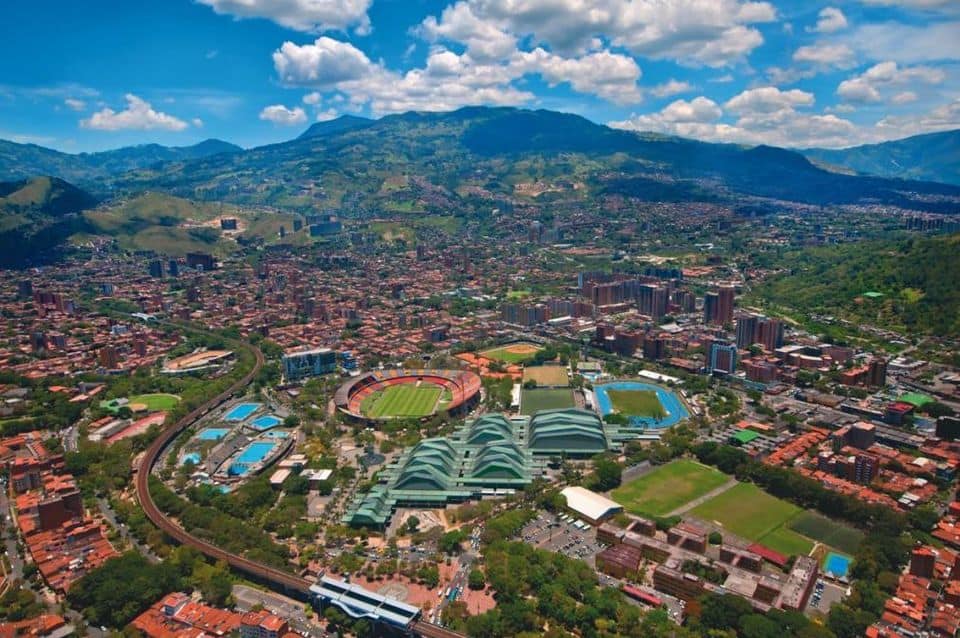Ashden is proud to announce that we will be working in partnership with the Kigali Cooling Efficiency Programme (KCEP) and Sustainable Energy for All, supported by ClimateWorks Foundation, to run a Cooling by Nature Award as part of the 2019 Ashden Awards. The call for entries begins in September, but you can register your interest in applying beforehand to receive a reminder once applications open.
Sustainable Energy for All (SEforALL) have just released a report – Chilling Prospects – as a wake-up call. It calls our attention to the growing, unprecedented risks for people who cannot access cooling today. The report sets out the challenges—and opportunities—for finding sustainable and efficient cooling solutions for all, while at the same time protecting the climate.
Find out in the summary below exactly why we at Ashden are working with those at the forefront of technology to put cooling firmly on the agenda when considering a future powered by sustainable energy.
The cool air that circulates around your office, the drinks in your fridge, the apple in your packed lunchbox: cooling underpins our modern lifestyle, but it has an often-forgotten cost, only rearing its head briefly during heatwaves. That’s set to change as the climate warms: whereas today around 12,000 people a year die due to extreme heat stress, the WHO estimates that by 2050 this figure will have jumped to 255,000, thanks to the extreme droughts and heatwaves that will combine with the expansion of the urban heat island effect as cities grow, particularly informally as slums. The toll of heat stress on productivity is thought to be extreme: in the worst hit areas it could total 6% of the country’s GDP, particularly in the construction sector.
Ironically, however, the energy expended to cool people due to global warming is accelerating the toll of climate change at a rapid rate: for example, 70% of Saudi Arabia’s oil-fired electricity is used for air conditioning. Hence, one of the most pressing concerns of the report is that a 2.3 billion-strong band of lower middle classes consumers in the economies of China, India, Brazil and Indonesia are on the cusp of buying their first air conditioning units.
Energy demand from this group could increase 33-fold by 2100 and, given that the cheapest air conditioning units are also the most inefficient, carbon emissions from the cooling sector are set to balloon dangerously. In 2011, for instance, room air-conditioner ownership in India was 5 million, but by 2030 it will have increased to 200 million. The report urges for immediate action and, considering that 75% of the buildings that will stand in India in 2030 haven’t yet been built, it particularly encourages passive house designs that negate all need for air conditioners, from roofs painted white or planted with greenery to reflect sunlight, to natural ventilation systems that hearken back to ancient Persian windcatchers.
A crucial point is the interplay between extreme heat exposure for slum-dwellers, the middle classes as a captive audience air conditioning, and the almost limitless expansion opportunities in agriculture, fisheries and vaccinations brought about by cold chains. The ability to keep produce cold, from fish to flowers, has a transformative effect on a country’s economy: the value and opportunity added through diversification schemes are practically impossible to overstate.
This is the difference between a fresh fish becoming inedible in two hours at 30oC compared to surviving weeks when frozen. Achieving sustainable refrigeration is modelled to halve global food loss, and will similarly fight food-borne pathogens. For vaccination, a revolution is also needed: the WHO estimates that 25% of all vaccines arrive damaged or degraded through heat exposure and freezing, but luckily off-grid solar-powered refrigeration is a burgeoning sector.
Lastly, there is the forgotten cost of refrigeration on the climate: hydrofluorocarbons (HFCs) that leak from household cooling appliances and air cons are greenhouse gases (GHGs) which are 140 to 11,000 times more potent than carbon dioxide. They currently account for 1% of GHGs but could account for 20% of all climate pollution by 2050 if left unchecked, although following a 2016 meeting of world leaders in Kigali, Rwanda, the Kigali Amendment to the Montreal Treaty was established with the aim of reducing HFC emissions by 80% over the next 30 years. Both new coolant fluids and old technologies in developing regions, such as zeer pots (a pot surrounded by a layer of wet sand that can keep food cool), will be vital if the Amendment is to succeed.
It’s evident from this new UN-led climate focus that cooling systems must be treated holistically if climate change mitigation is a reality, starting with the deadly face of air conditioning. Let’s hope that innovators are ready to embrace the challenge that the cooling paradox creates so we can witness a true shift in how we think about keeping cool.

